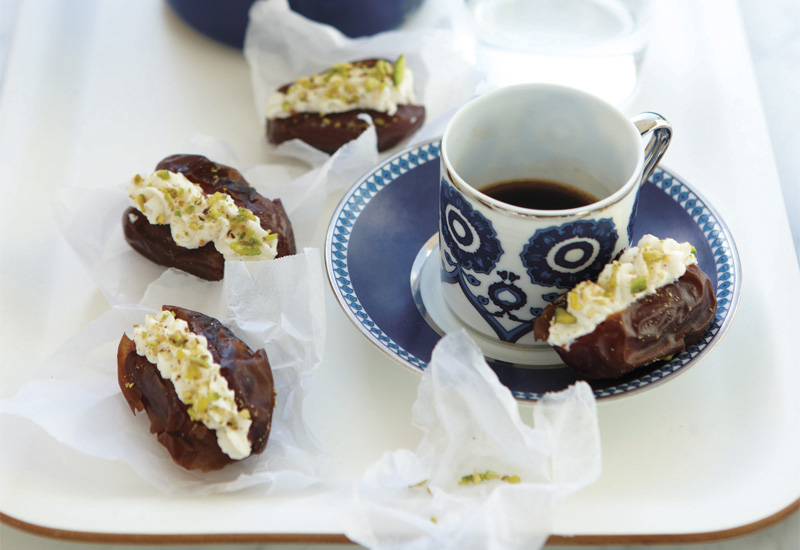Middle Eastern cuisine: we think of houmous, dates, fattoush, and mixed grills. But the cuisine is becoming even more popular outside the Middle East and North Africa. Karen Osman investigates why
There are ingredients common to all countries in this region, even if they are used in different ways, hence the term Arabic cuisine. The use of specific products such as tahini, chickpeas, dates and smoked eggplant is unique to the Middle East.
No chef in Europe, America or Asia will use them the same way. In this manner, we can highlight Middle Eastern cuisine by its unique product use.

| Advertisement |
Similarly, like any food culture, it is impossible to define it without looking at its history and geographic location. Suzanne Husseini, renowned chef and author elaborates: “We [the people of the Middle East] share language, culture, and most profoundly, we share food which is ancient in the Middle East; it goes back thousands and thousands of years.
I celebrate the heritage that is known as Arabic cuisine. The fact that the Arab world sits at the crossroads of the spice trade is important because that gave this part of the world its unique flavours and ingredients.”
Sourcing
From the GCC and the Levant to North Africa and Iran, wherever you travel, you can experience the common ingredients which are important staples of any MENA menu.
With relatively easy access to suppliers, especially in international hubs such as Dubai, chefs can make use of both local and international sourcing opportunities.
Ali El Bourji, executive oriental chef at Atlantis, The Palm, explains his approach to sourcing ingredients for his restaurant Levantine: “We try to source as much locally, however there are specific herbs and spices and other ingredients which are essential for an authentic taste which we import to maintain authenticity.
We are fortunate that it’s easy to obtain any sort of ingredient we require because we are really located in a Middle Eastern hub, surrounded by so many countries.”
That’s not to say there aren’t challenges and with every Middle Eastern country having a slightly different climate, subtle differences can be seen from destination to destination. Sebastien Cassagnol, executive chef, The Chedi, Muscat explains: “I am fortunate that Oman’s natural resources are plentiful so most of my suppliers are local.
We use a lot of local ingredients, specifically fruit, vegetables and seafood. The choice and quality of the seafood here is excellent and very popular. The good thing about this region is the ‘common culinary share culture’, meaning ingredients such as lamb will be always available and at good quality, and we can get vegetables such as eggplant, okra and chickpeas.
Some very basic home products can be extremely hard to get though, especially if you are looking for a specific brand, but being an expat, the beauty of our job is to work as much as possible with the resources available locally.”
No doubt there’s a need in this market for specific ingredients for Middle Eastern cuisine. Food service manager and corporate chef at Emirates Snack Foods, Soufiane Raji explains one of their most sought after: “It is little known that all olives in the world descended from ‘feral’ olives from the Middle East.
This explains its extensive use in this culture as a beauty product, health enhancer, as well as a staple ingredient. With its rich history, the olive also has a myriad of spiritual meanings in many religions, ancient cultures and tribal populations.
We carry preserved olive products from Orto Conserviera, an Italian producer and they are used in dishes such as stews and tagines, fish dishes, salads, mezzes, and of course are enjoyed on their own.”
Article continues on next page ...









 Search our database of more than 2,700 industry companies
Search our database of more than 2,700 industry companies









